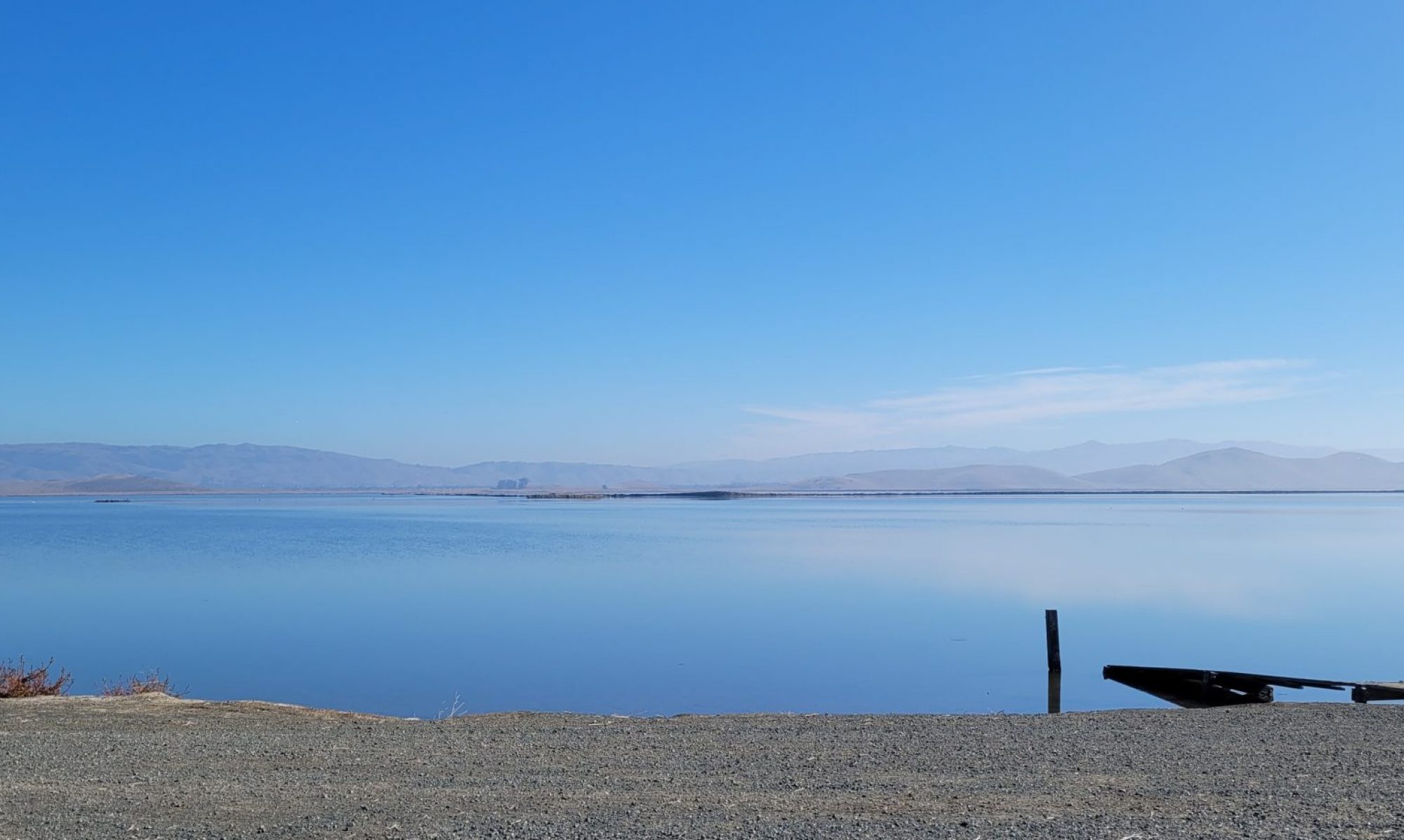Every April, bloggers can try the A to Z challenge. Twenty-six posts about any subject. For 2024, I covered the alphabet on dinosaur characteristics, history of their identification, and famous people who dug for their bones. Links to all the individual posts by letter are in this “master” post below.

I had been threatening. Pleading. Hinting for the last few years that I might just write about dinosaurs because I love ’em, and I hope you will, too. I have trekked across half a dozen dinosaur museums, as many fossil beds, gift shops, exhibits and so on. Often dragged my wife, sometimes my kids. (Does Big Foot count? Of course not! What about Godzilla? Well, let’s wait till the letter G and find out!)
Why do it? I wrote about the Olympics during the pandemic, it led to a book. Wrote about accounting–guess what the topic of my thesis is? Wrote about the Renaissance–worked it into my thesis. Wrote a published essay on the Mongols and the Silk Road… when you produce writing, it’s the gift that keeps on giving.
I do this because creativity is like a positive kind of algae. It breeds on itself. When you don’t produce, it gets harder to start every time you try.

This is not just a list of dinosaurs, A-Z. While I could have talked about Apatosaurus, Albertosaurus, or Ankylosaurs, you can see that my first “A” post is something about the way dinosaurs are designed. Many of these posts covered the science and facts concerning dinosaurs, not just 26 posts about individual dinosaurs. There are a lot of A-Z lists and books already out there, if you just want know all the dinosaurs that start with “K,” for example.
These posts will be about what dinosaurs are and are not. There were even a few posts about non-dinosaurs, like the swimmers and fliers who were related but not technically on the dinosaur family tree. Family trees–they’re now called clades–figure heavily into all this discussion. See letter C.
Don’t despair! You can see with posts like “D is for Diplodocus” that I did cover a few famous dinosaurs. But let’s start with one of the key features that defines dinosaurs, then talk about what they were like. Next to each post link I also include the key question that the post tries to answer.
A is for Antorbital Fenestra (What makes a dinosaur a dinosaur?)
B is for Big (What were they like?)
C is for Clade (How were the dinosaurs organized on the family tree?)
D is for Diplodocus (What’s the story of one of the oldest and most famous dinosaurs?)
E is for Extinction (How does dying off play into the history of dinosaurs?)
F is for Fossil (What exactly are those paleontologists digging up?)
G is for Godzilla (Is the G-Man a dinosaur, and, if so, what kind?)
H is for Hip (What’s the key way to distinguish different dinosaurs?)
I is for Iguanodon (How did this early discovery change dinosaur history?)
J is for Jurassic (Are the movies exploitative twaddle, or did they help dinosaur history?)
K is for the K-Pg Boundary (Why aren’t the dinosaurs around any more?)
L is for Living Relatives (How can we infer what a dinosaur was like inside their bones?)
M is for Mary Anning (Who originally gathered and organized dinosaur fossils?)
N is for North Pole (Wait…there were dinosaurs in the Arctic?)
O is for Origin (How does Darwin’s work fit into the dinosaurs emergence?)
P is for Parasaurolophus (What is my favorite dinosaur like?)
Q is for Quetzalcoatlus (What was the biggest flying reptile, not a dinosaur, but who cares?)
R is for Renaissance (What was the Dinosaur Renaissance all about?)
S is for Skin (What do we know about dinosaur skin, since they’re only fossils now?)
T is for T. rex (How much do we know about the king of the tyrants?)
U is for Utah (Why is Utah such a ground zero place for fossils?)
V is for Variety (Who were the biggest? smallest? longest names? earlier discovered?)
W is for Wings (Dinosaurs didn’t fly, but for their giant reptilian cousins who did, how did that work?)
X is for X-ray (What can X-rays tell us about dinosaurs?)
Y is Yucatan (What did happen to the dinosaurs? And how do they know?)
Z is for Zuul (How are dinosaur names chosen?)



